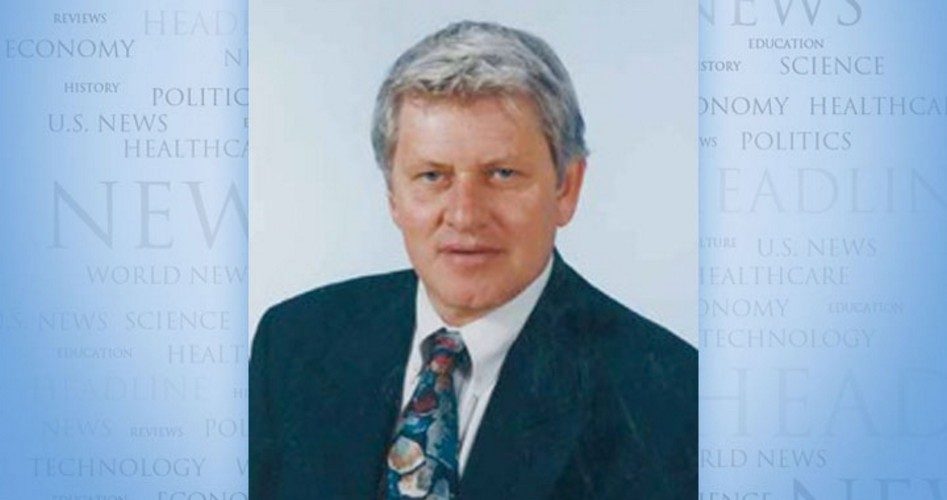
They say the economy is moving in the right direction, that we should stay the course, be patient, that it takes time to pull out of the recession that began in late 2007.
In fact, things are getting worse.
The economy was creating 153,000 new jobs per month last year. That dropped during the first seven months of this year to an average of 139,000 per month. In August, we were down to 96,000.
It takes over 100,000 new jobs per month just to stay even with the number of people entering the labor force. It would take double that number for over a decade to bring today’s jobless rate down to the unemployment levels of 2007.
Factory payrolls were cut by 15,000 in August, the biggest decline in two years and a strong reversal of the 23,000 gain in factory payrolls in July.
The dip in the official unemployment rate from 8.3 percent in July to 8.1 percent in August was due to 368,000 people dropping out of the labor force.
The labor participation rate, the share of the working-age population in the labor force (as either employed or unemployed), dropped to 63.5 percent in August, the lowest labor participation rate in over three decades.
This decline in the labor participation rate, the increase in dropping out, is due in large part to the extended duration of unemployment in the current economy. “The average length out of the job market continues to be a stunning 39 weeks,” reported the Wall Street Journal (“The Jobs Deficit,” September 7, 2012), “compared to an average duration of between 15 and 20 weeks from 1984-2008.”
Today’s unemployment rate would be 10.1 percent if the labor participation rate was the same as it was in February 2010, when the job market allegedly bottomed.
And that’s not counting the officially estimated 8.0 million people who were classified as “involuntary part-time workers” by the Labor Department in August, i.e., workers with “hours cut” and people working part-time and “unable” to find full-time work, all not counted as unemployed.
Economic growth, too, is moving in the wrong direction. After expanding at an annual rate of 4.1 percent in the fourth quarter of 2011, economic growth slowed to 2.1 percent during the first three months of 2012, and slowed again to 1.7 percent from April through June of this year.
It takes double the 1.7 percent rate of growth to bring down the unemployment rate.
Measured against previous recessions and recoveries, federal reports show we’re doing about half as well as average. “The Joint Economic Committee reports that private payrolls have climbed only 4.3 percent in the last 30 months compared to a rate of 8.3 percent over a comparable time period for the other nine recoveries since World War II,” reports the Wall Street Journal.
Over the past year, the average annual wage increase of 1.7 percent was the lowest increase in three decades, and too low to stay even with inflation.
Gasoline prices hit $3.80 per gallon on Labor Day, the highest price ever recorded during a Labor Day weekend — and double the $1.79 price on Inauguration Day, January 20, 2009.
Retail food prices rose 3.7 percent last year. This year, the U.S. Department of Agriculture is forecasting a 3.5 percent to 4.5 percent increase in beef prices.
The impact of this failing economy on paychecks? Income data from the Census Bureau show that the median household income, adjusted for inflation, dropped by $4,019 from January 2009 to June 2012.
Ralph R. Reiland is an associate professor of economics and the B. Kenneth Simon professor of free enterprise at Robert Morris University in Pittsburgh.


